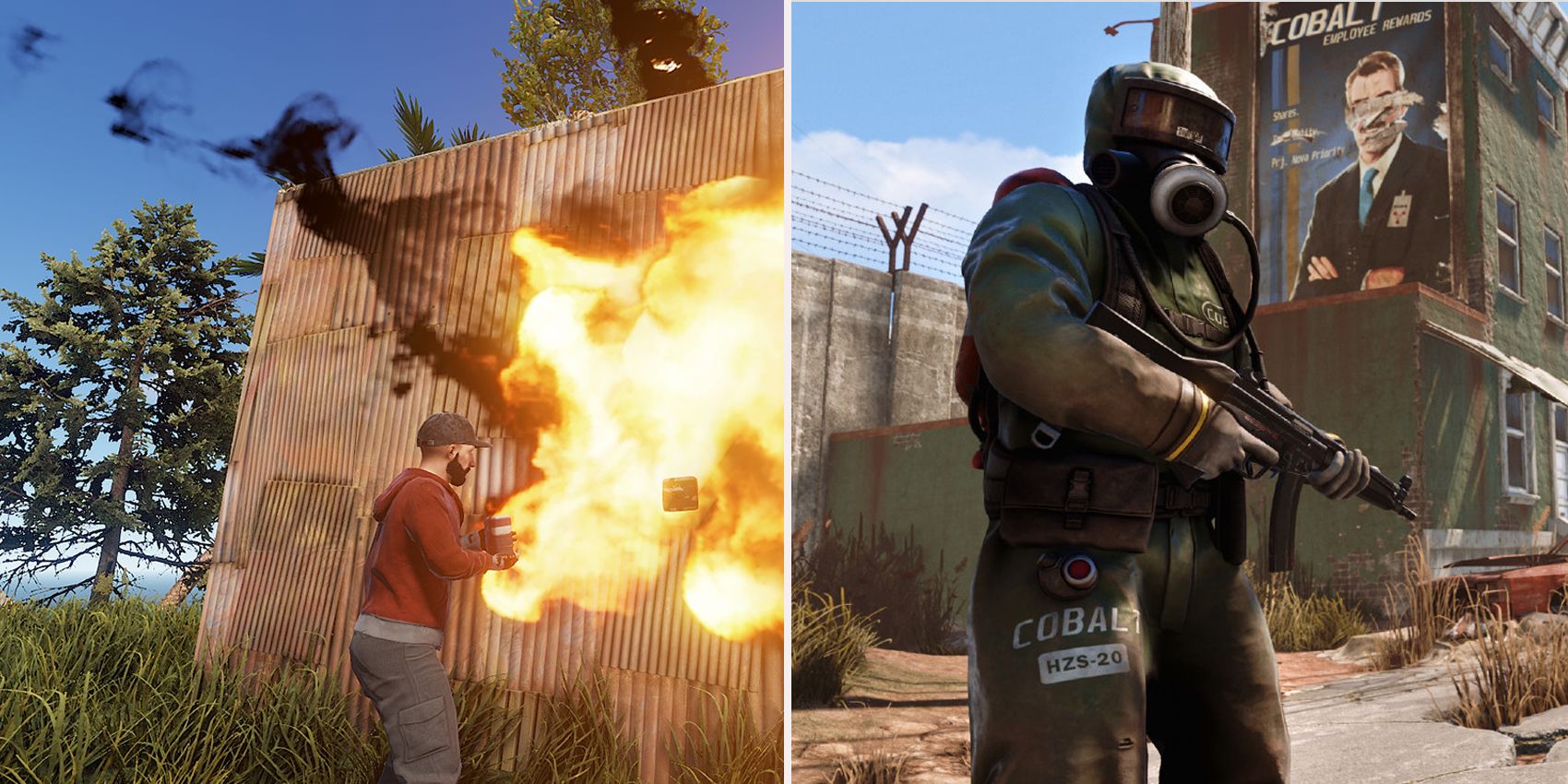
At first glance, Rust may not appear to be a graphically intensive game. However, with the right settings, it will seem like a completely different game. Obviously, players will need an optimal setup to get the best out of the options provided. Gamers will want to have a monitor that supports at least 144 hertz and up to 4k capability.
RELATED: Rust: The 10 Best Weapons You Can Craft (& How To Make Them)
The gold standard for graphics cards is an NVIDIA GeForce RTX 3080, but those are hard to come by in the current market. Gamers that can get their hands on a 3070 or 3060 will certainly have enough computing power to make games like Rust run smoothly. This article will cover the best settings for Rust in 2021, most of which will be applicable to the console version of the game as well.
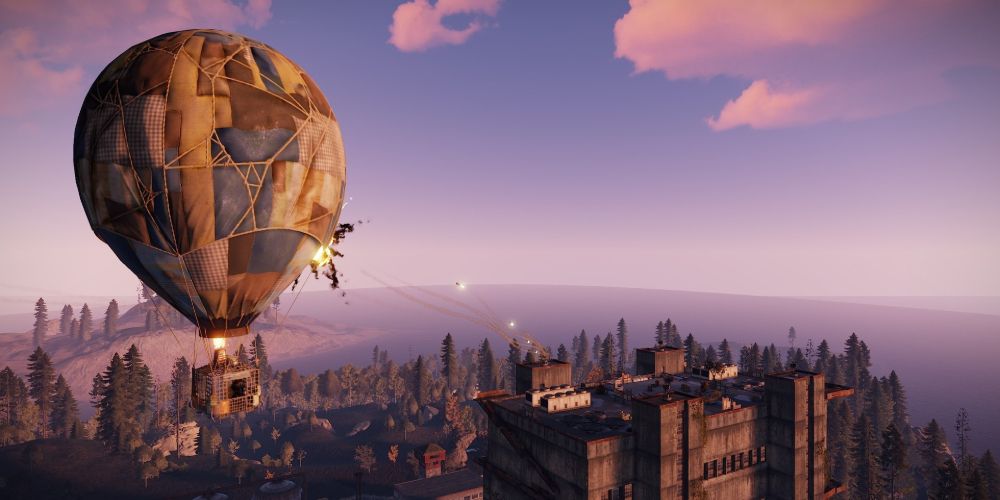
Gamers should always tinker with their settings while at the main menu. Changing any settings, especially visual settings will freeze and crash the game. This following sections will cover all of the settings players should change to improve graphics in Rust.
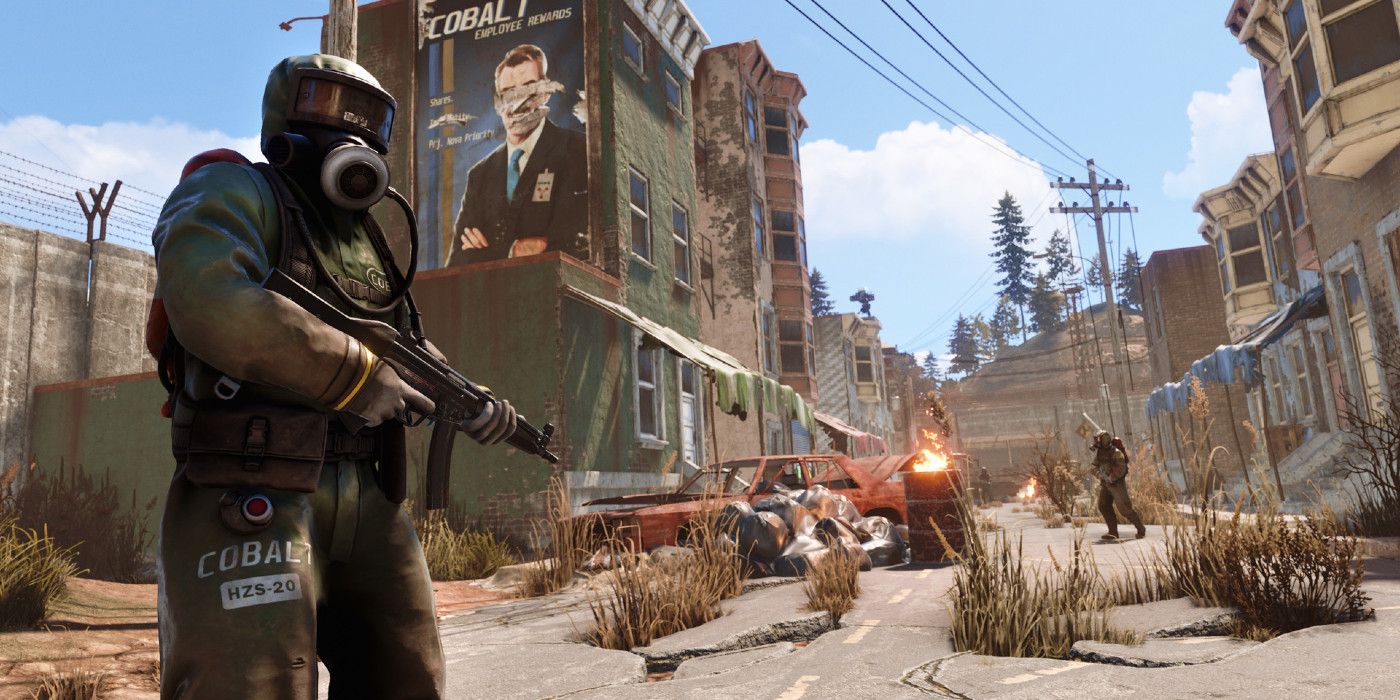
Technically, changing to nudity to uncensored will have a slight effect on performance, but it will mostly effect loading speed. More importantly, players should have max gibs set to zero. The less gibs that are activated, the less PCs will need to load and render.
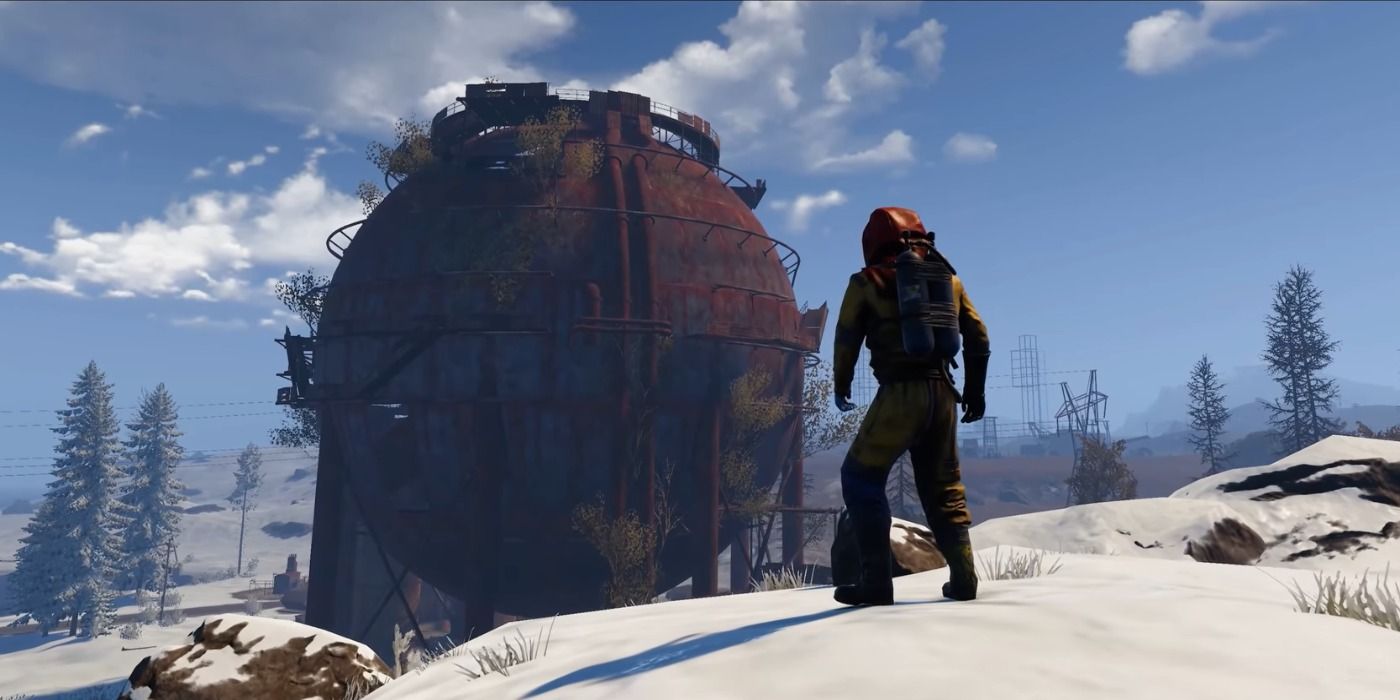
Players will want to find a resolution that works for them. Increasing the resolution will increase the number of pixels, but this can lower the number of frames gamers are getting per second. Selecting 1920x1080 is good enough for Rust, but the correct setting will depend on the quality of a player's monitor and what type of gameplay they prefer.
RELATED: Rust: 10 Of The Best Places To Build A Base
Most native Windows players should opt for the borderless mode, but some players prefer the extended settings. Gamers that want to max out all performance specs will like the exclusive window mode. However, this will prevent gamers from using ALT+TAB. All players should have the FPS limit maxed out, as this will prevent the default frame cap. Also, VSYNC will limit FPS to 30, so players need to understand that before turning it on.
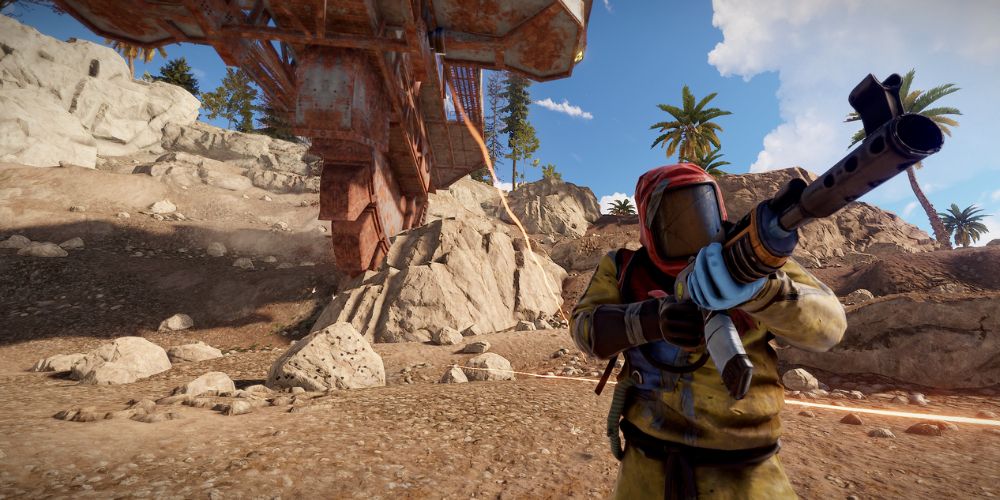
Obviously, the graphics quality settings are where players can optimize the settings to improve performance based on their hardware. Players should tinker with the graphics quality settings to find a level that works for them. Two to four is a good range for players with higher-end PCs, but this will depend on both preference and capability. The same is true for shadow quality, players will want some shadows, but overdoing it will hamper performance. The shadow cascade setting will make the shadow resolution look better with each cascade. The caveat is that the higher the resolution is, the fewer frames a player will get. Setting the shadow cascades from zero to two is the proper way to make the game look good while keeping frames high.
RELATED: Rust: Everything You Need To Know About Building Bases
The shadow lights, water quality, water reflections, and world reflections settings will each make marginal graphical improvements. Players that want the best-looking game possible can turn them all the way up, but this will be a small and insignificant change at the expense of overall performance. Shaders should be set between zero and three, as the setting will smooth over grass and small ferns to improve the overall look of the game.
Draw distance will have an enormous impact on FPS. At the highest settings, everything on the perceivable map will render. Gamers will want to find a happy medium between max draw distance and minimal rendering. Shadow rendering should be set to around 200 so that gamers will have some shadows without dropping frames drastically. Similarly, anisotropic filtering should be set between two and five. The setting will improve graphics exponentially, but anything over five is overkill. Finally, both parallax mapping and glass displacement should be set to zero and off, respectfully.
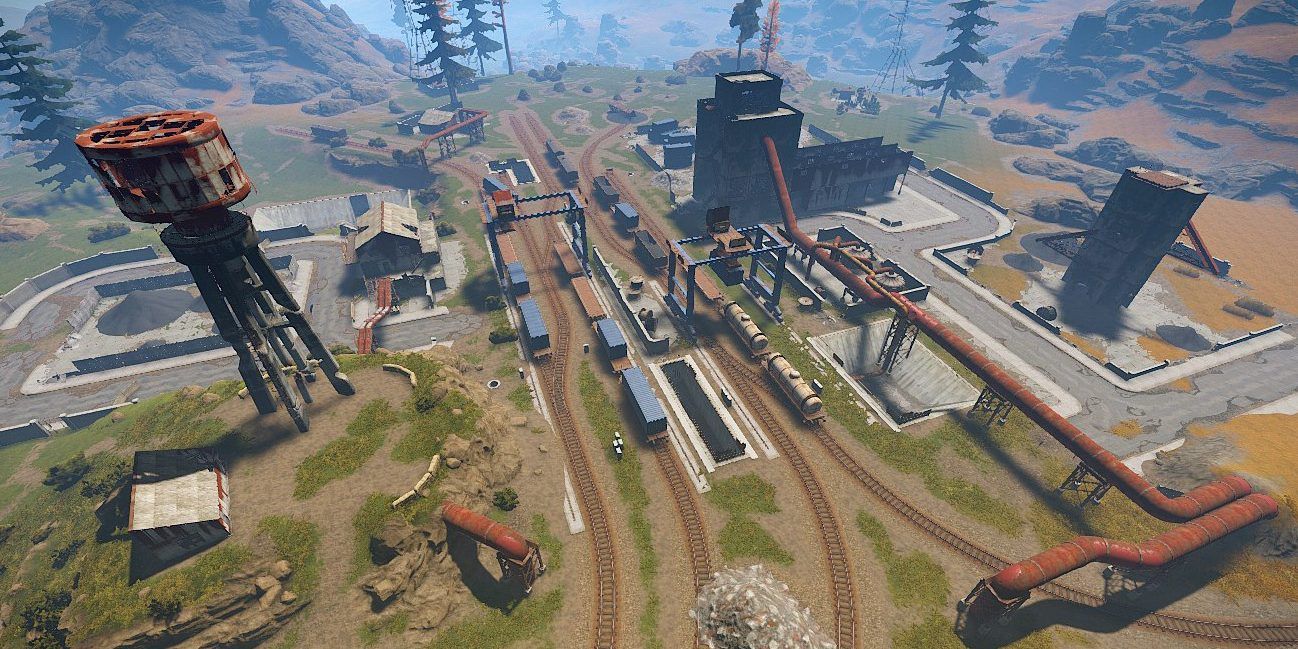
Mesh quality is a balancing act between making the game look good while making the gameplay smooth. Below are the recommended setting ranges for players to improve graphics as well as gameplay. Players should hop into a private server and adjust with the mesh settings to figure out how to make the game aesthetically pleasing while keeping it playable. Max settings will not always make the game more graphically impressive, so gamers need to find the right settings for their setup. Using the below ranges will help.
- Particle Quality: 10-20
- Object Quality: 100-150
- Tree Quality: 200
- Max Tree Meshes: 100
- Terrain Quality: 10-30
- Grass Quality: 5-15
- Decor Quality: 5-15
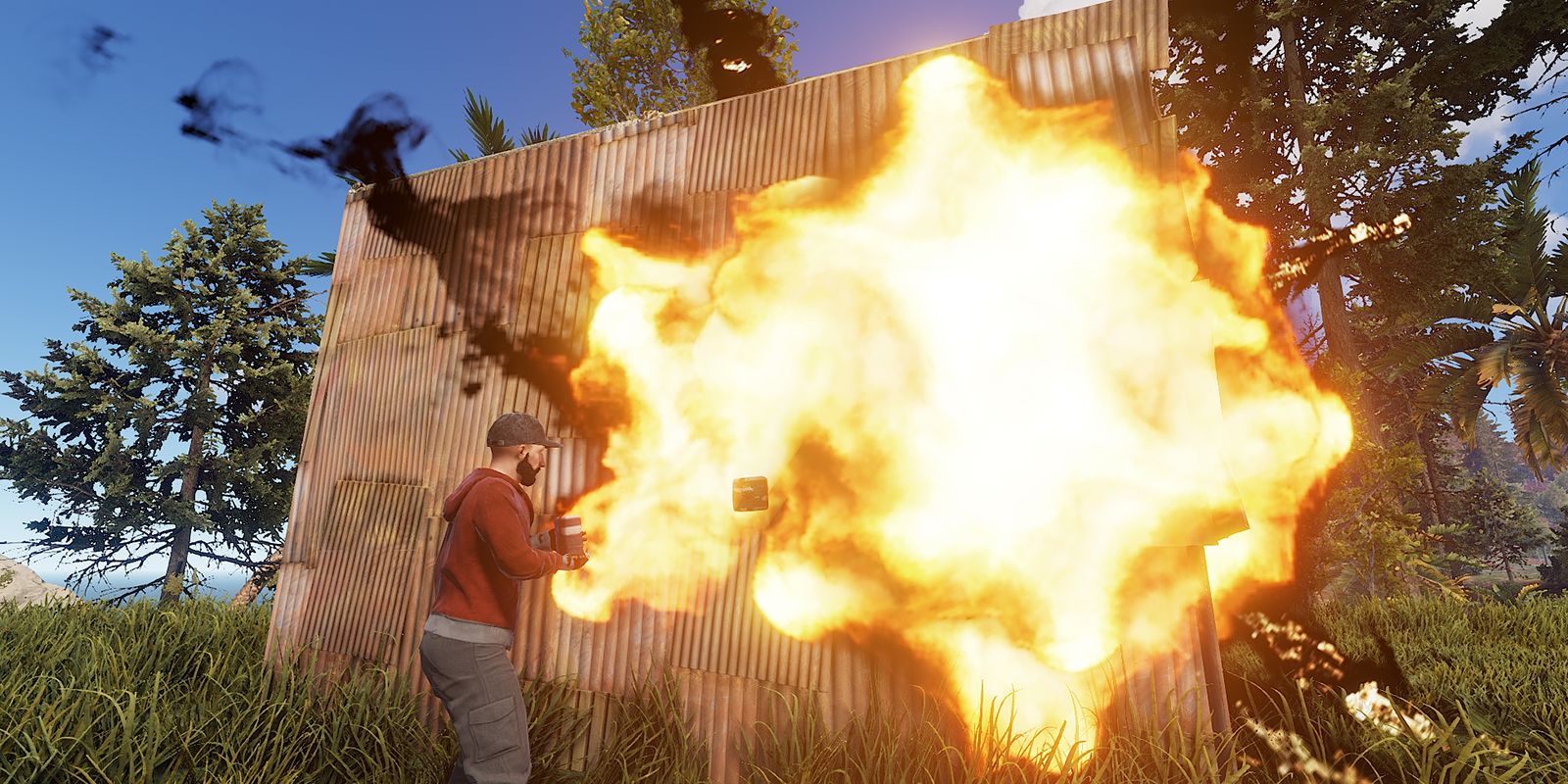
The most impactful image effect setting is Anti-aliasing, which adjusts the sharpness of the image in game. Players that prefer a smoother picture that is easier on the eyes will prefer SMAA. On the contrary, the other two options are for players that like defined lines. Gamers should have all of the other image effects settings set to off. Each of the settings will hamper performance and either slightly improve graphics or hinder picture quality. A good example is motion blur. In every first person game, motion blur provides a useless effect that impacts graphics negatively.
NEXT: Rust: 10 Mistakes New Players Make (& How To Avoid Them)

